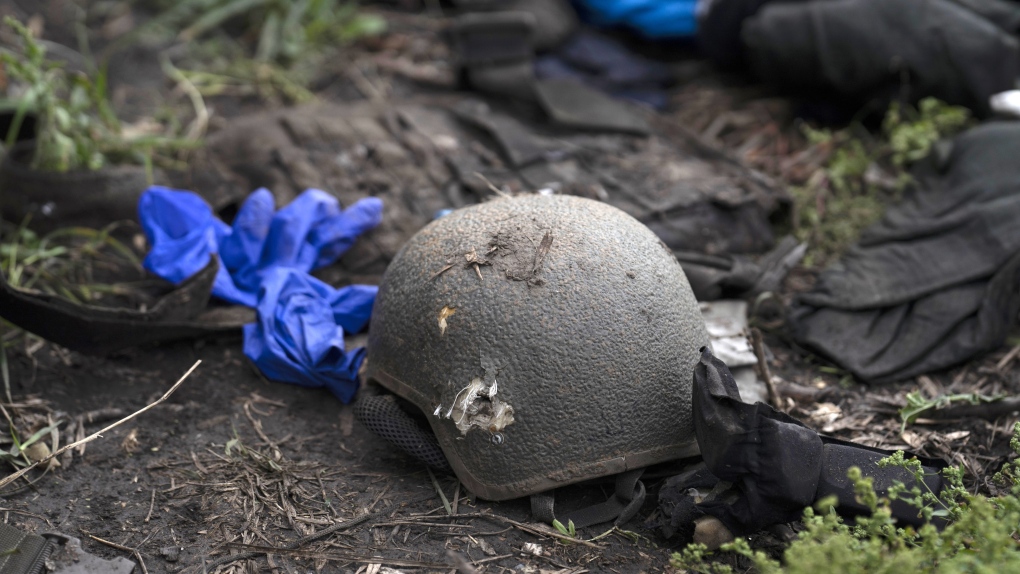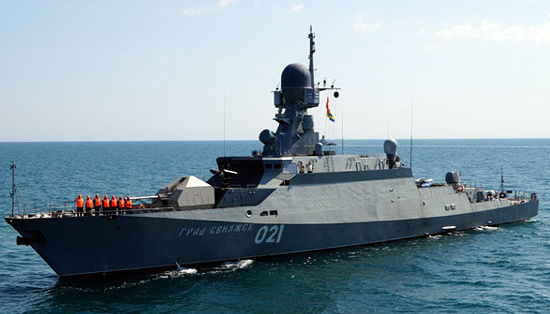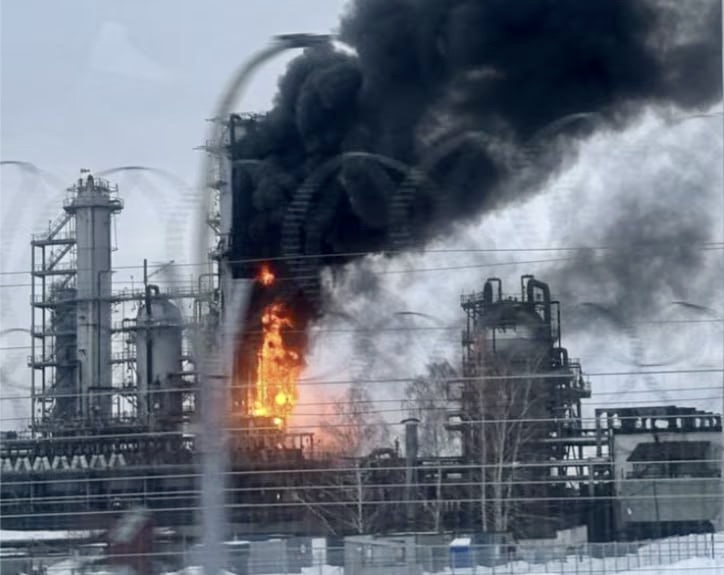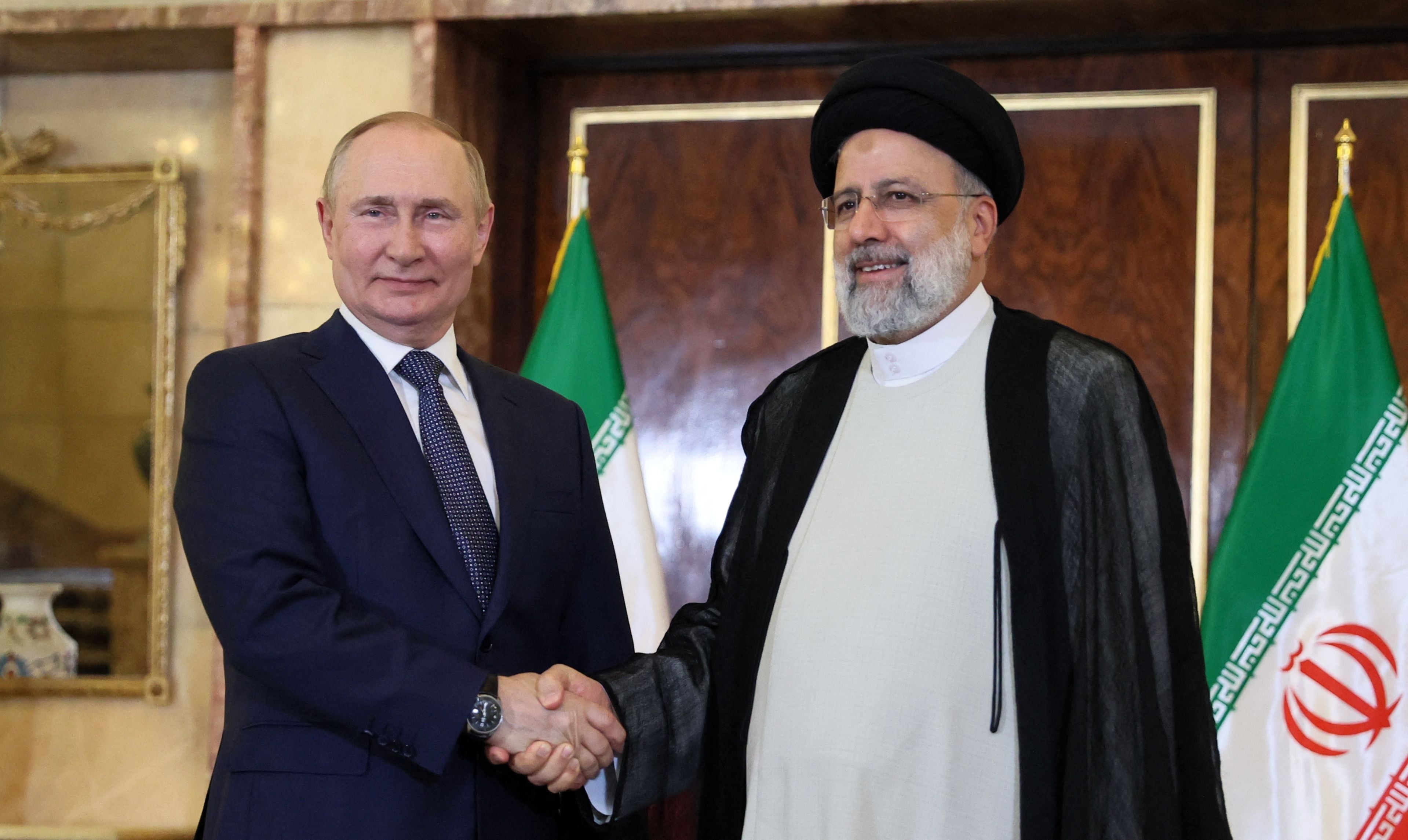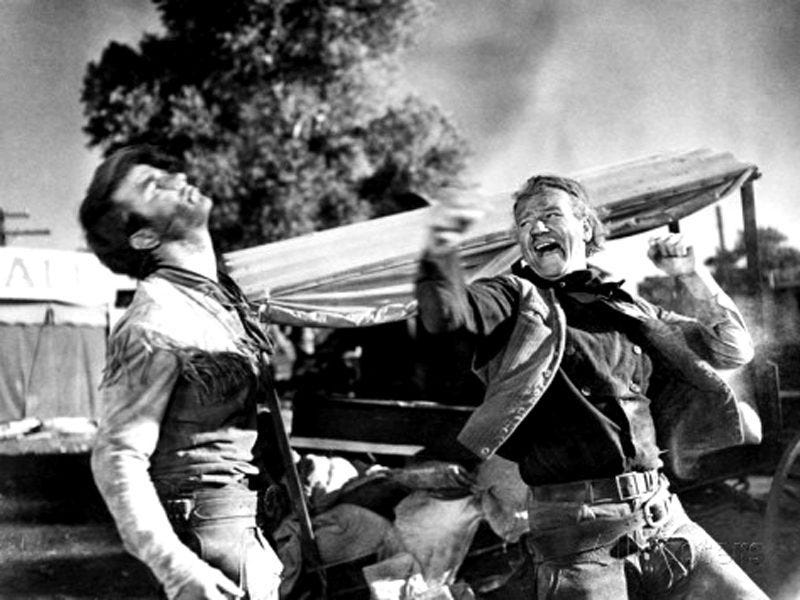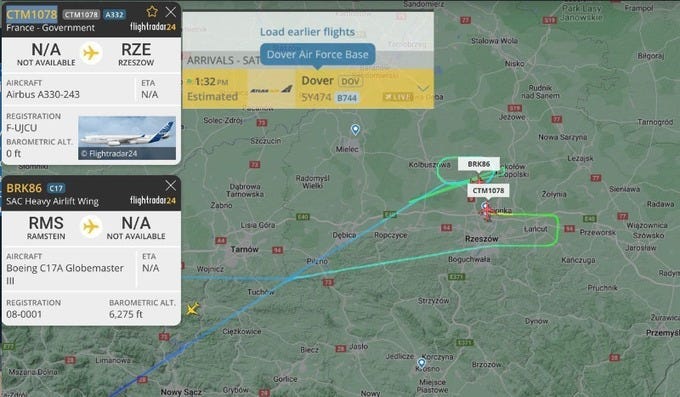The Sea Baby raid targeting the Russian patrol boat
Sergei Kotov – off Feodosiya in occupied Crimea on March 5 – seems to be typical of the robotic assaults.
Under the cover of darkness, perhaps half a dozen drones swarmed
Sergei Kotov at her anchorage. The Russian crew spotted some of the Sea Babies speeding in from astern of their vessel, and opened fire.
But according to one analysis of a video depicting the attack, a
second pack of drones USVs took advantage of the Russian gunners’ distraction and attacked from the unprotected opposite side.
These flanking drones didn’t actually strike
Sergei Kotov, it seems. Rather, they herded the Russian vessel into open water just outside Feodosiya. There,
another pack of Sea Babies lay in wait. It’s that group of drones that apparently
hit and sank the Russian vessel.
www.canada.ca


